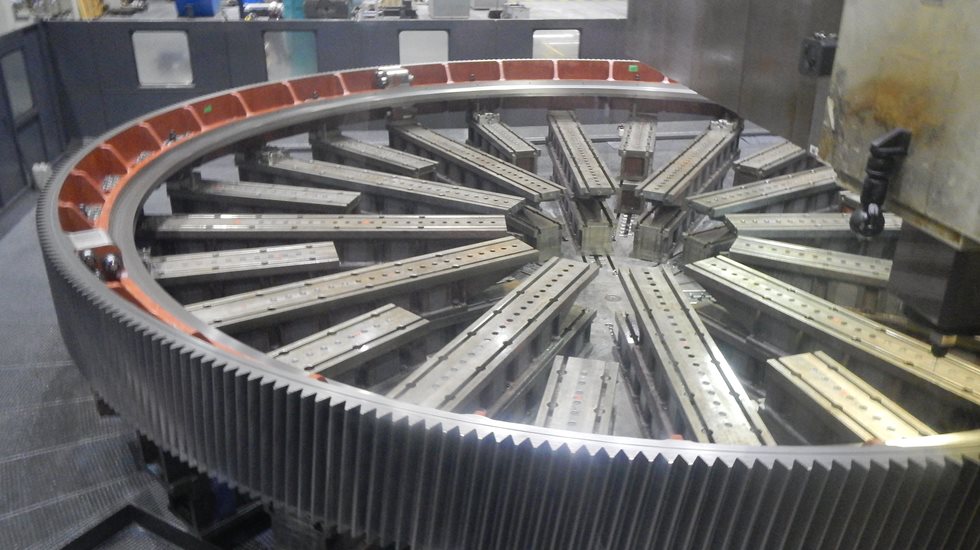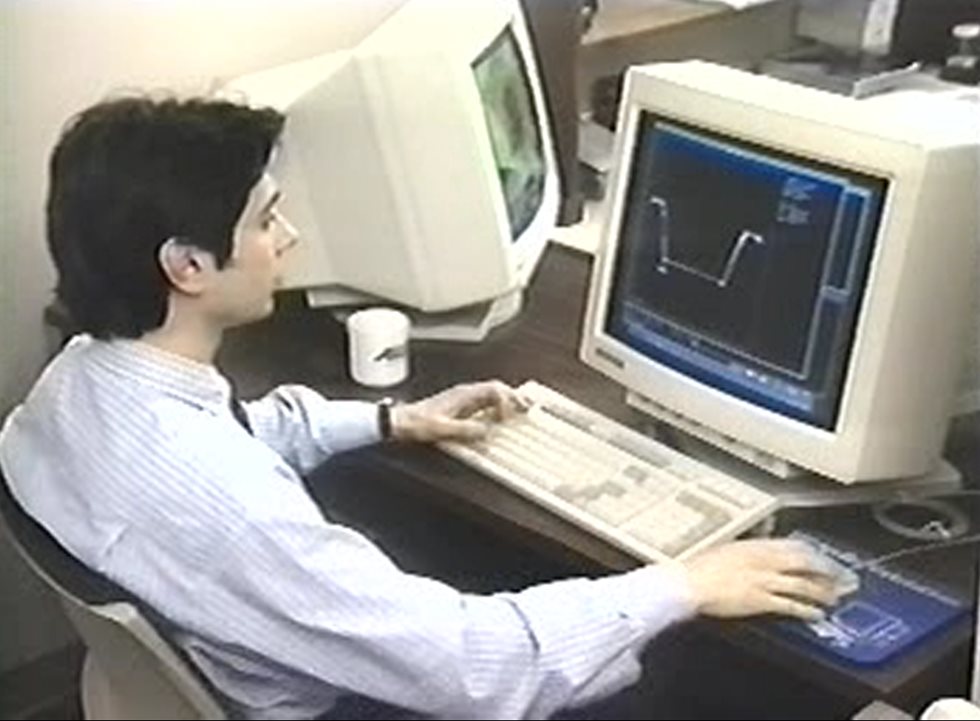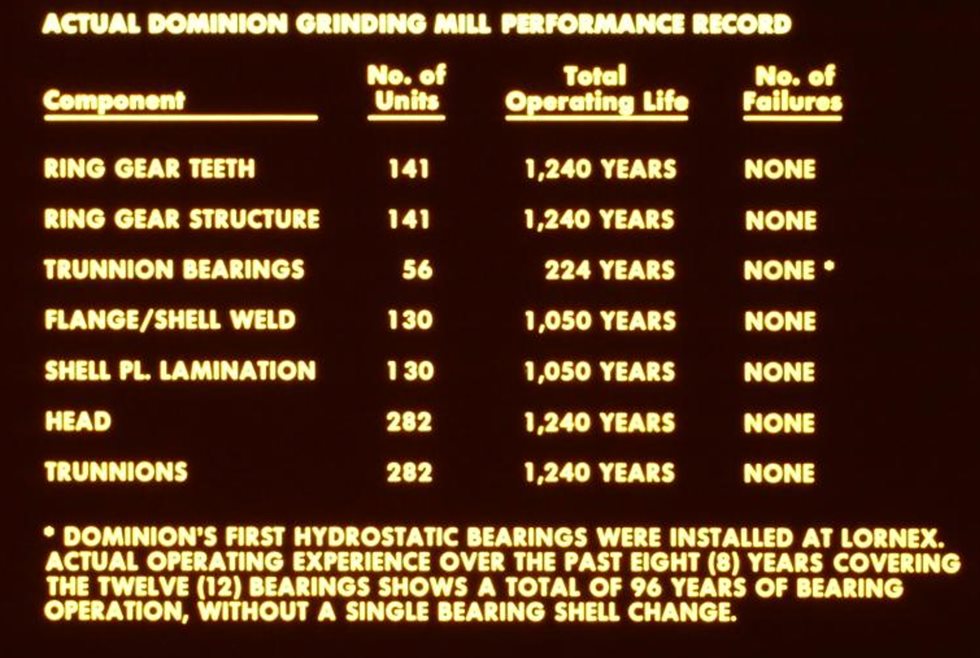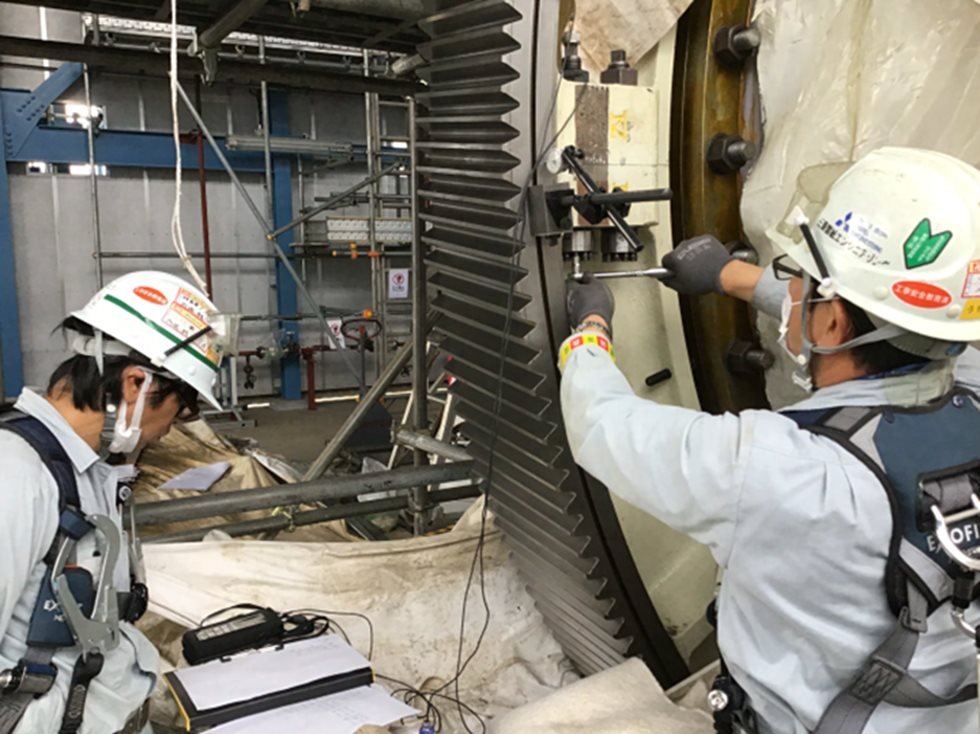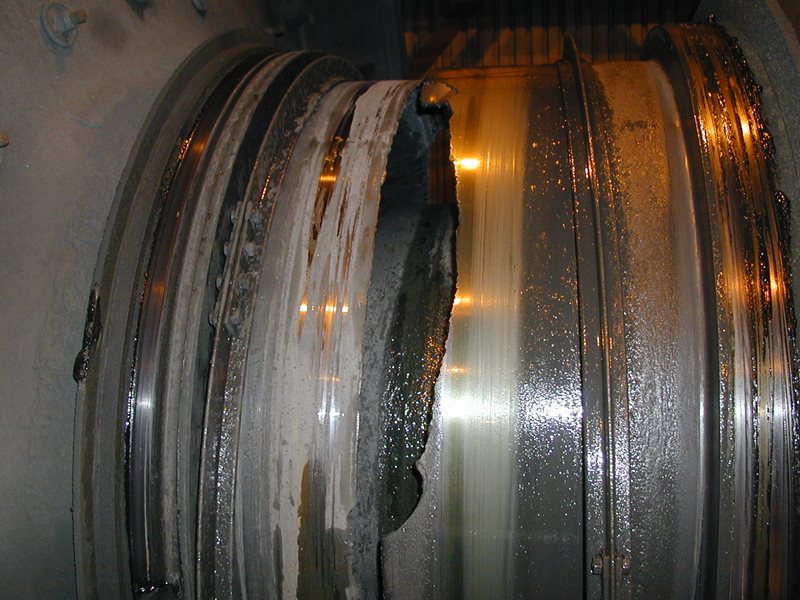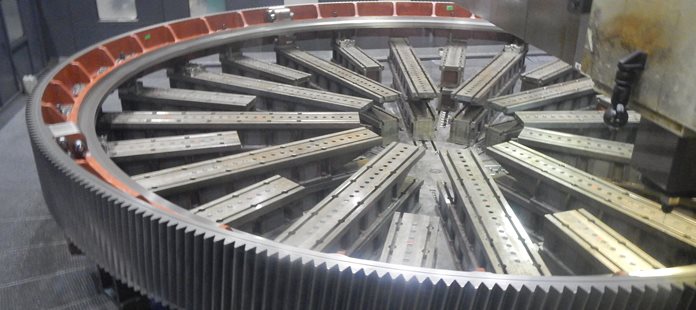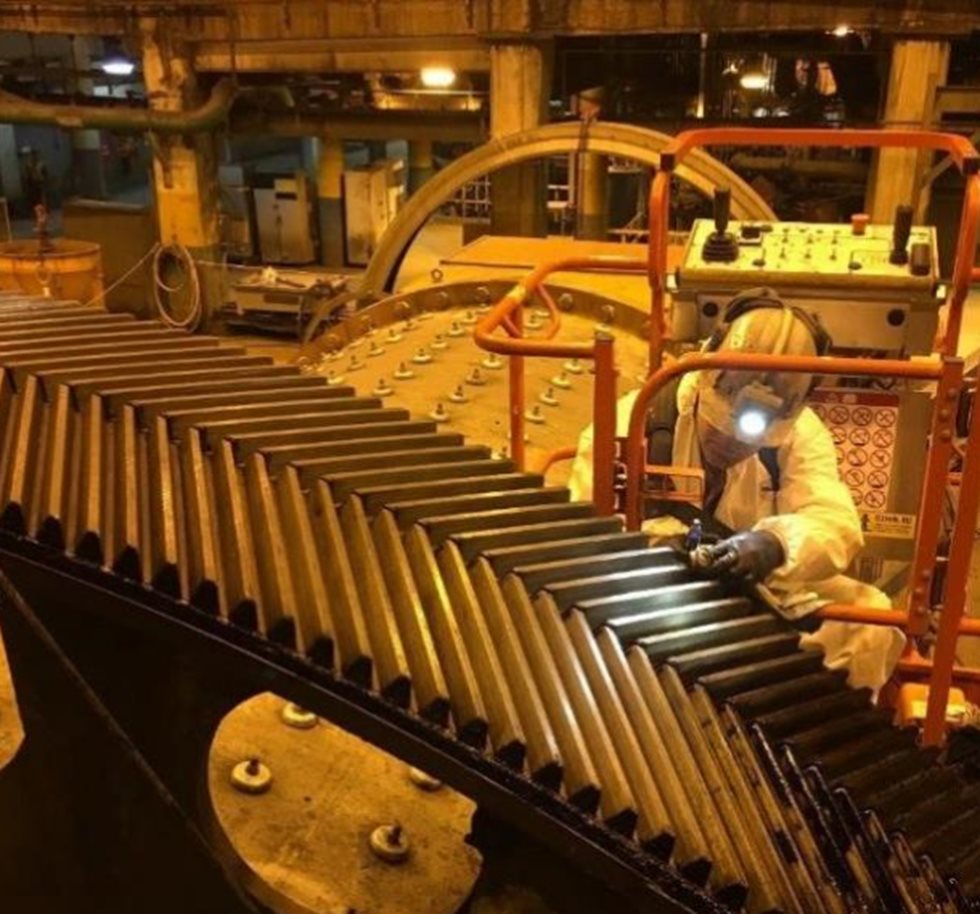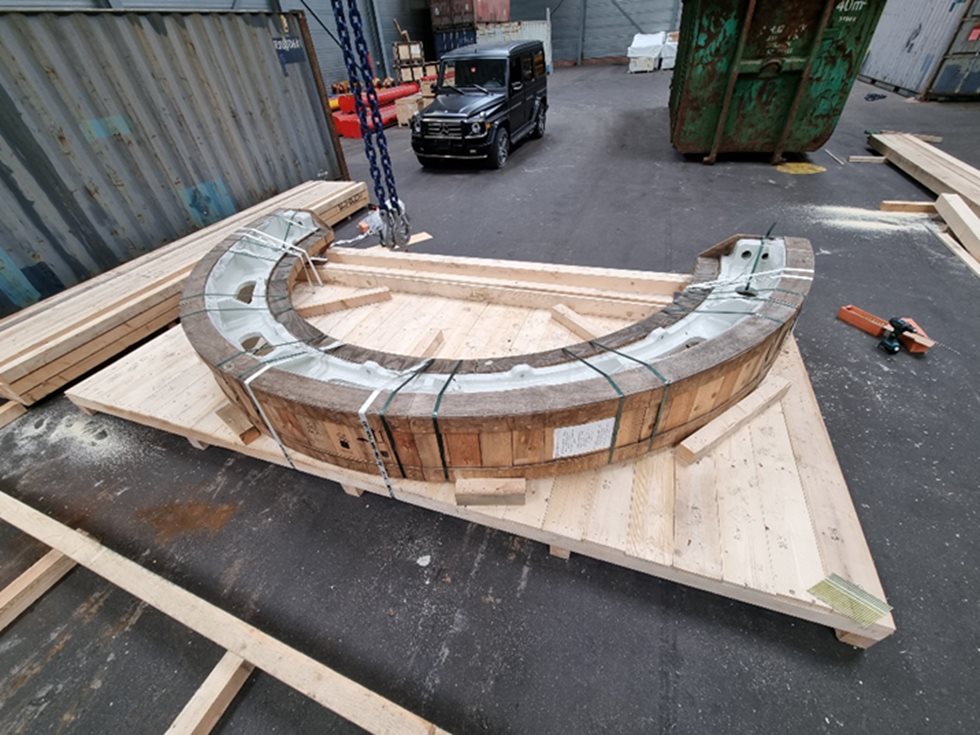Historically, recorded equipment failures often lead to emergency repairs and expedited delivery of replacement parts, both of which result in costly operational expenditures and lost production revenue due to unforeseen downtime. Very often, a proper root cause analysis is not conducted, let alone recorded, to provide the necessary information and awareness to prevent reoccurrence of the same issues and the required repairs. In the rare cases that a proper investigation is carried out by either the equipment owner or a third party, this information is rarely shared publicly to benefit others operating the same equipment with the exact same reliability issues. This is especially true with grinding mills where some of the equipment’s largest components are critical assets where the impact of failures is high. When failure is not an option, extended warranties from the grinding mill OEM can ensure longevity of the part’s lifecycle.
Causes of failure
In grinding mills, as with any engineered fixed plant equipment, causes of failure can be narrowed down to six main stages in the product’s lifecycle: design, manufacturing, installation, operation, maintenance and storage. A good understanding of these stages can allow the equipment owner to better predict and prevent unplanned outages by leveraging the OEM’s continuous knowledge and expertise.
Design
The success of an extended warranty begins with selecting an appropriate design for the intended application. Engineering teams need to evaluate loads, calculate stresses and anticipate challenges the product will need to sustain during its lifecycle to define the proper design criteria. For instance, a mill rotating body is submitted to a finite element analysis (FEA) to ensure it is designed for theoretical indefinite life. Likewise, a gearset is designed to AGMA 6014, the industry’s most stringent standard for open gears, to ensure a 25-year life. Hence, with a blend of knowledge and experience to define an intelligent design and select robust materials, the foundation is laid for a well-conceived product that can endure and achieve its expected operating life without risks of premature failures.

